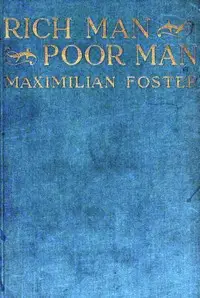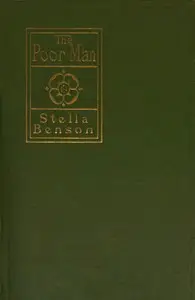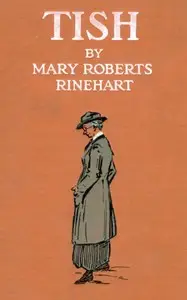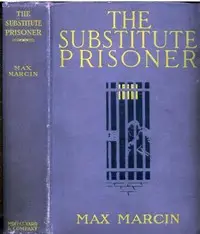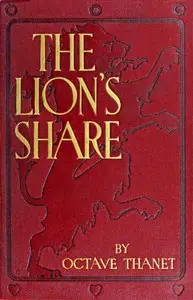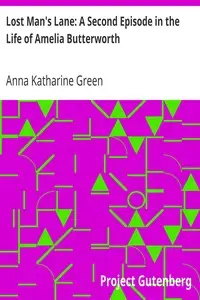"A Poor Wise Man" by Mary Roberts Rinehart is a book set in the early 1900s, in a place of sharp contrasts where newcomers search for jobs and acceptance. Lily Cardew, the central figure, comes back to her hometown after serving in an army camp and faces some tough family dynamics. She tries really hard to fit back into her family's strict social rules. When the story starts, readers are drawn into the city's mood as Lily watches the immigrants getting off the train. When she happily reunites with her mom, Grace, it shows how tense things are with her controlling grandfather, Anthony. As they swap updates, Lily wrestles with what's expected of her and questions the old rules as she dreams of the future. The storyline sets the scene to explore themes of social class, who you are, and growing up, all while times are changing, as Lily begins to see her family and the world differently.
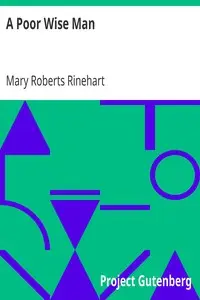
A Poor Wise Man
By Mary Roberts Rinehart
In a divided city, a young woman's return home from war forces her to face family tensions, social expectations, and her own evolving sense of self.
Summary
About the AuthorMary Roberts Rinehart was an American writer, often called the American Agatha Christie. Rinehart published her first mystery novel The Circular Staircase in 1908, which introduced the "had I but known" narrative style. Rinehart is also considered the earliest known source of the phrase "the butler did it", in her novel The Door (1930), although the exact phrase does not appear in her work and the plot device had been used prior to that time. She also worked to tell the stories and experiences of front line soldiers during World War I, one of the first women to travel to the Belgian front lines.
Mary Roberts Rinehart was an American writer, often called the American Agatha Christie. Rinehart published her first mystery novel The Circular Staircase in 1908, which introduced the "had I but known" narrative style. Rinehart is also considered the earliest known source of the phrase "the butler did it", in her novel The Door (1930), although the exact phrase does not appear in her work and the plot device had been used prior to that time. She also worked to tell the stories and experiences of front line soldiers during World War I, one of the first women to travel to the Belgian front lines.



